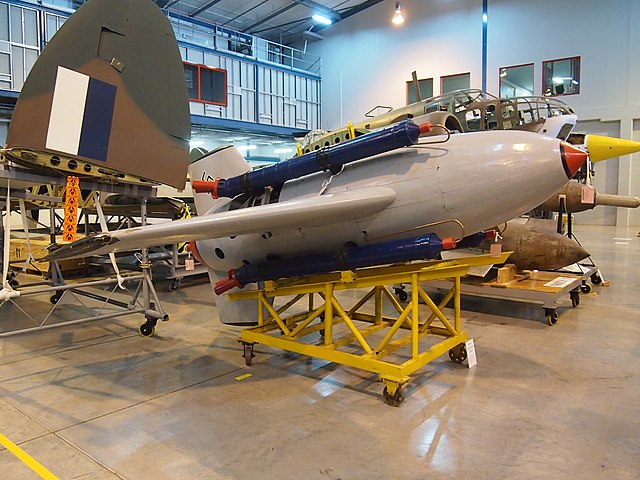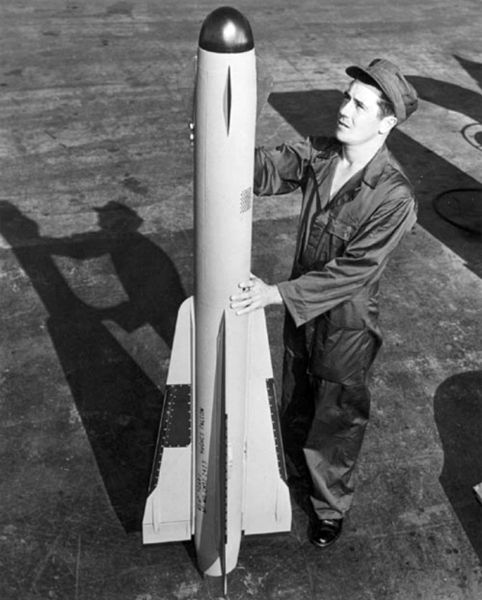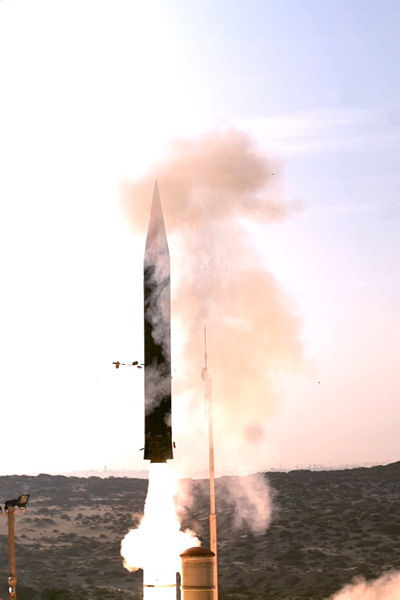Infrared homing is a passive weapon guidance system which uses the infrared (IR) light emission from a target to track and follow it seamlessly. Missiles which use infrared seeking are often referred to as "heat-seekers" since infrared is radiated strongly by hot bodies. Many objects such as people, vehicle engines and aircraft generate and emit heat and so are especially visible in the infrared wavelengths of light compared to objects in the background.
A modern German Air Force IRIS-T infrared homing air-to-air missile
The Vampir nightscope used a photomultiplier as the sighting system and provided illumination with an IR lamp mounted above the scope.
The Madrid seeker was being developed for the Enzian surface-to-air missile.
The AIM-4 Falcon was the first IR guided missile to enter service. The translucent dome allows the IR radiation to reach the sensor.
Missile guidance refers to a variety of methods of guiding a missile or a guided bomb to its intended target. The missile's target accuracy is a critical factor for its effectiveness. Guidance systems improve missile accuracy by improving its Probability of Guidance (Pg).
A guided bomb strikes a practice target
Israel's Arrow 3 missiles use a gimbaled seeker for hemispheric coverage. By measuring the seeker's line-of-sight propagation relative to the vehicle's motion, they use proportional navigation to divert their course and line up exactly with the target's flight path.
Inspection of MM III missile guidance system







